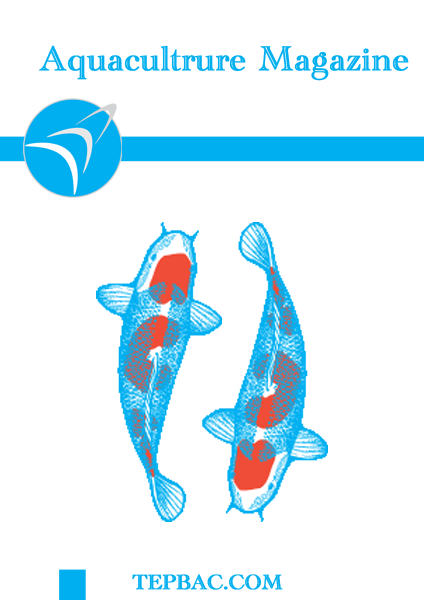Site selection for shellfish aquaculture by means of GIS and farm-scale models, with an emphasis on data-poor environments
C.Silva et al.

An integrative methodology for site selection of shellfish aquaculture that combines geographical information systems and dynamic farm-scale carrying capacity modeling was developed. The methodology determines suitable aquaculture areas through 3 stages of analysis: (i) analysis of regulatory and social spatial restrictions using GIS to generate a constraints map; (ii) a Multi-Criteria Evaluation that considers the criteria (sediment, water and ecological quality data) and constituent factors (physical, growth and survival, product quality and environmental sensitivity) to generate a final map showing the most appropriate areas using GIS tools; and (iii) detailed analysis of production, socio-economic outputs and environmental effects of suitable areas using the FARM model. The methodology emphasizes the application in data-poor environments, where there are a combination of social difficulties, data scarcity, and aquaculture expansion pressure.
The methodology was tested for Pacific oyster (Crassostrea gigas) suspended longline culture in the Valdivia estuary (south central Chile), in order to explore the approach and make management recommendations for potential application. The identification of 3 km2 (7.6%) of suitable sites in the study area using a GIS approach was made considering regulatory and social constraints; growth and survival factors, physical factors, product quality factors, environmental sensitivity zones, water, sediment and ecological quality criteria, factor suitability ranges, and a final Multi-Criteria Evaluation.
The final assessment of production carrying capacity at four potentially suitable sites (Niebla, Valdivia, Isla del Rey and Tornagaleones) indicates that Tornagaleones is the most promising area for shellfish aquaculture and Valdivia is satisfactory; the Niebla and Isla del Rey sites are of marginal interest. Tornagaleones shows a total potential harvest of 139.6 t over a 395 day
cultivation period for the test farm, and an average physical product of 11.64. Mass balance estimation was carried out to determine the potential positive impact of the suitable sites for nutrient credit trading.
Biodeposition of organic material from the longline leases was also simulated, and found to have a low negative impact on sediment quality. Eutrophication assessment results indicate that positive impacts on water quality in Valdivia and Tornagaleones sites were obtained due to high phytoplankton removal.
This methodology illustrates how GIS-based models may be used in conjunction with tools such as a farm-scale carrying capacity model to assist decision-makers in developing an ecosystem approach to aquaculture.
The application of this approach provides an integrative methodology for site selection for shellfish aquaculture, despite limitations in the data available, taking into account production, socio-economic and environmental aspects.
"Tài liệu điện tử trên trang tepbac được chia sẻ để sử dụng cho mục đích học tập và nghiên cứu cá nhân. Nghiêm cấm mọi hình thức sao chép, in ấn phục vụ các mục đích khác nếu không được sự chấp nhận của tác giả và nhà xuất bản."







